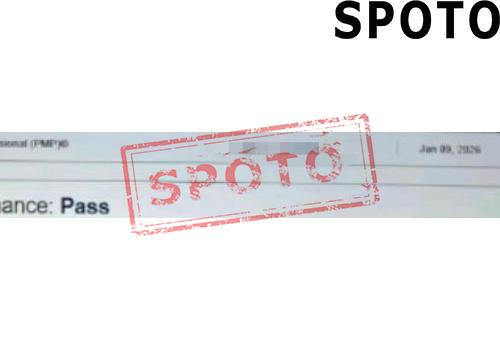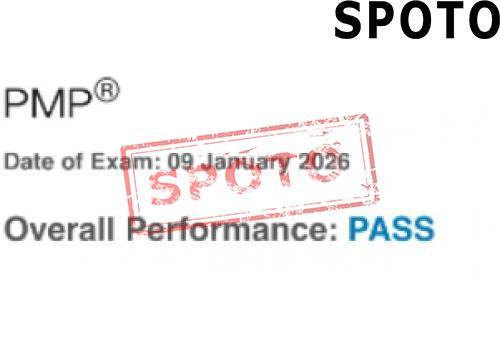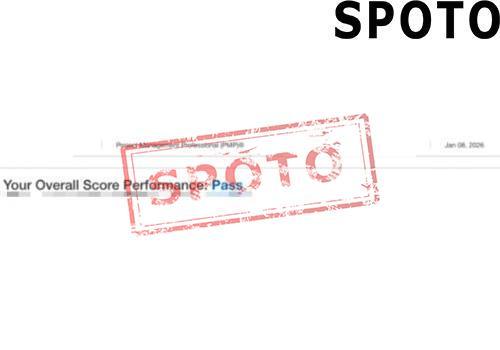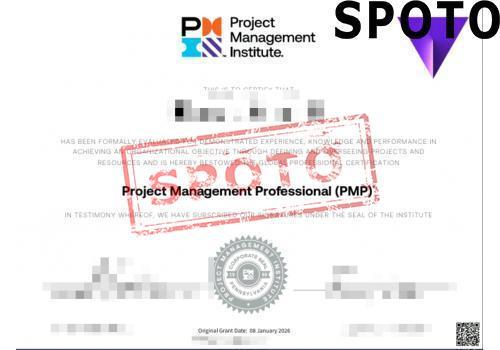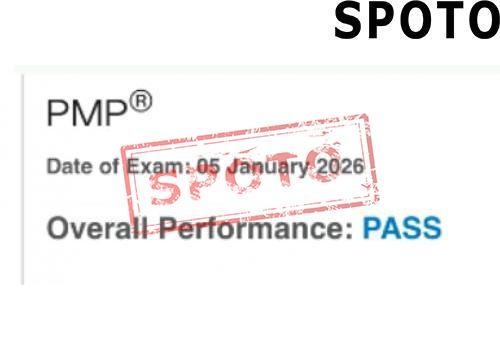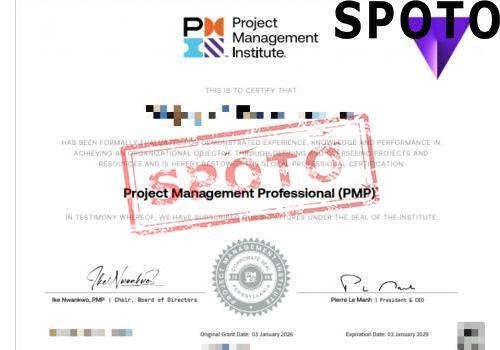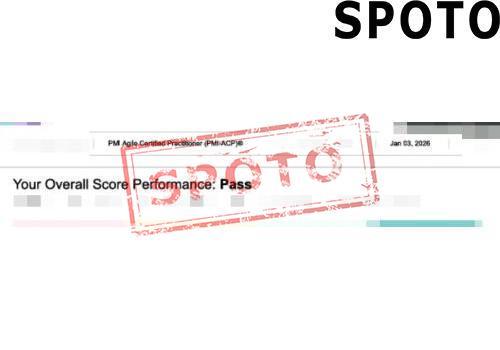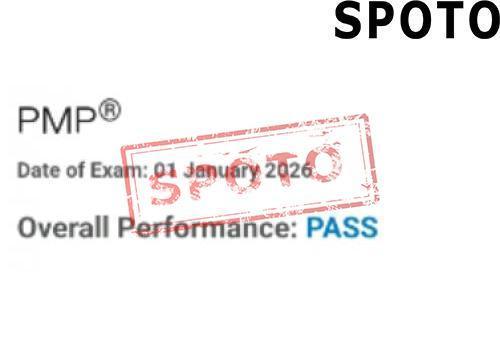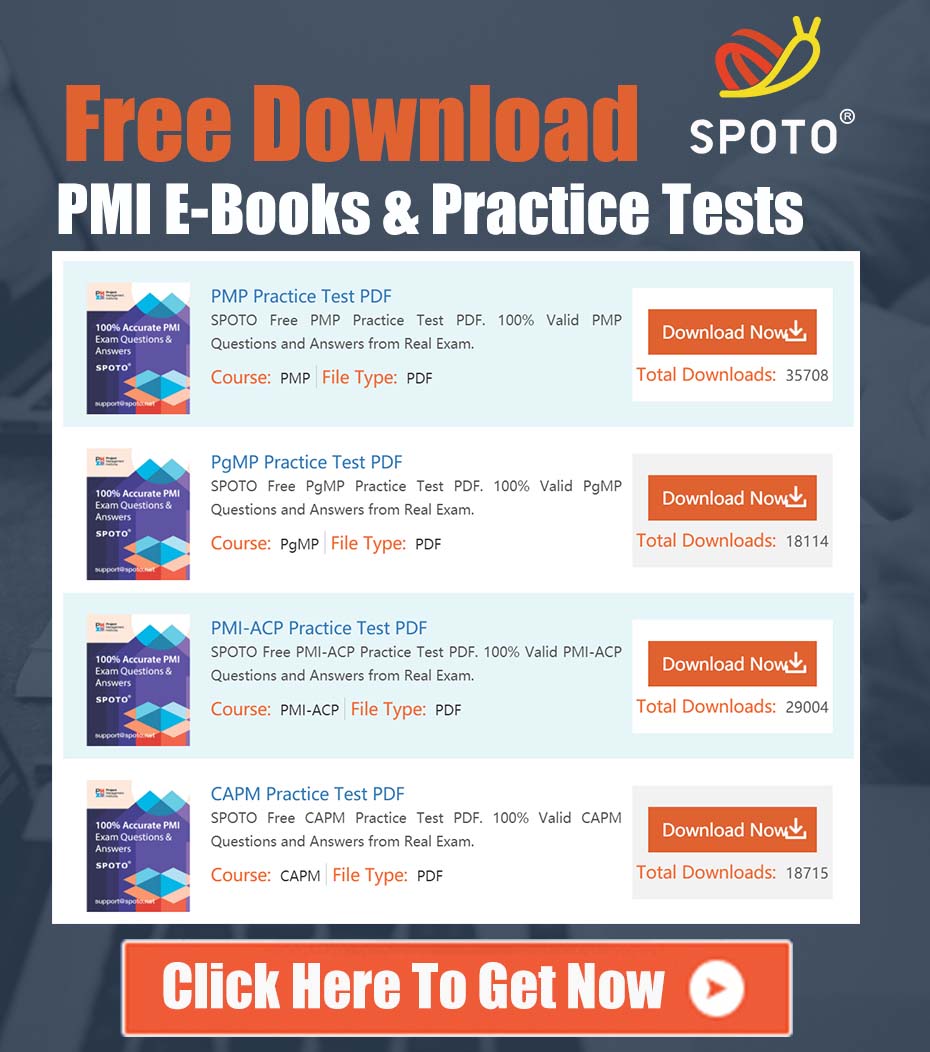
Table of Contents
Introduction
An exploration into the mathematical backbone of Project Management Professional (PMP) certification unveils a spectrum of formulas crucial for mastering project dynamics. These numerical tools are indispensable for navigating through the multifaceted terrains of cost, schedule, quality, and risk management, laying the groundwork for informed decision-making and strategic planning in project management.
Cost Management Formulas
Cost Performance Index (CPI)
At the heart of cost efficiency, the CPI metric offers a clear lens on financial performance, contrasting the budgeted amount of work completed with actual project costs.
Cost Variance (CV)
This indicator delves into the financial health of a project, pinpointing discrepancies between the anticipated and actual expenses, thus serving as a beacon for budgetary adjustments.
Estimate at Completion (EAC)
A forward-looking gauge, EAC predicts the total cost of a project, integrating current financial performance to recalibrate budgetary forecasts.
Estimate to Complete (ETC)
Reflecting on the road ahead, ETC calculates the remaining financial outlay required to bring a project to fruition, leveraging insights from past expenditures.
Schedule Management Formulas
Schedule Performance Index (SPI)
This formula acts as a barometer for project timing, assessing the pace of work against the scheduled plan, thus illuminating the path to timely project completion.
Schedule Variance (SV)
SV scrutinizes the alignment between planned and actual project progress, offering a numeric reflection on schedule adherence.
Estimate to Complete Schedule (ETC Schedule)
Focusing on the temporal aspect, this measure forecasts the time needed to complete the project, considering current pace and productivity.
Estimate at Completion Schedule (EAC Schedule)
An amalgam of foresight and scheduling, EAC Schedule estimates the project's final timeline, merging current progress with projected efforts.
Quality Management Formulas
Defect Removal Efficiency (DRE)
Quantifying the effectiveness of quality control measures, DRE assesses the proportion of detected and corrected defects prior to product release.
Cost of Quality (COQ)
This evaluative measure bifurcates the total costs into prevention, appraisal, and failure costs, thus offering a comprehensive view on investment in quality.
First Pass Yield (FPY)
FPY shines a light on manufacturing efficiency, tracking the percentage of products meeting quality standards without necessitating rework.
Rolled Throughput Yield (RTY)
RTY extends the concept of FPY across multiple process stages, offering a holistic view of operational efficiency and product integrity.
Risk Management Formulas
Risk Exposure (RE)
RE navigates through the uncertainty of projects, calculating the potential impact of risks by multiplying their impacts by their probabilities.
Risk Impact (RI)
This metric quantifies the potential effect of individual risks on project objectives, thus prioritizing risk mitigation strategies.
Risk Probability (RP)
RP gauges the likelihood of the occurrence of risks, serving as a foundational element for comprehensive risk analysis and management.
Risk Priority Number (RPN)
RPN synthesizes risk data, amalgamating impact and probability to rank risks in terms of their need for immediate attention and action.
Conclusion
In the realm of Project Management Professional (PMP) certification, proficiency in these pivotal formulas is not merely academic; it is essential for the practical navigation of the complex project landscapes. Mastery of these numerical tools empowers professionals to optimize project outcomes, striking a balance between efficiency and effectiveness, and ultimately steering projects toward successful completions.
